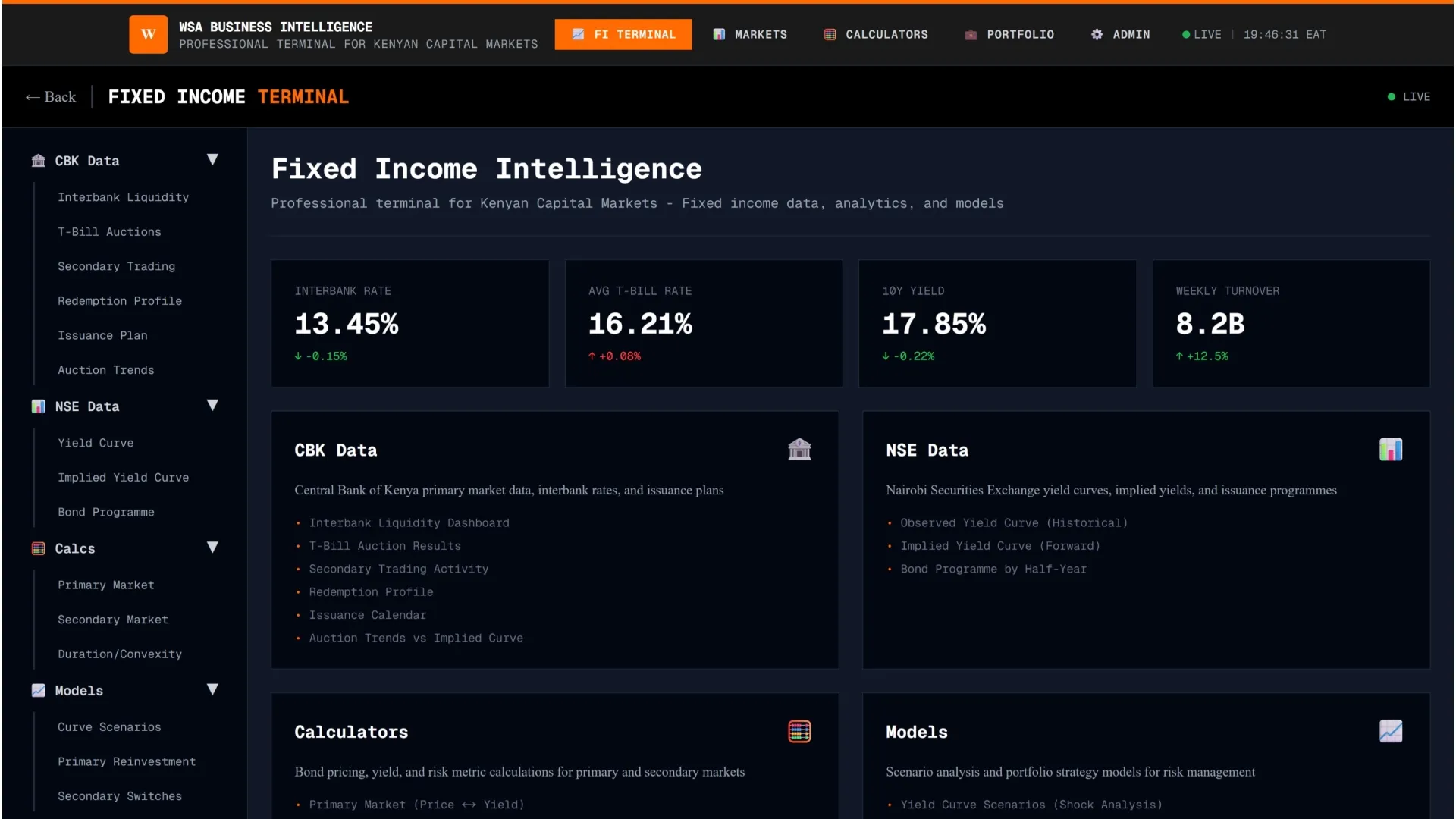Kenya’s foreign-owned enterprises are doing more than bringing in capital- they are also reshaping the country’s labor market, promoting gender inclusion, and driving innovation.
- •According to 2024 Foreign Investment Survey (FIS) by the Kenya National Bureau of Statistics (KNBS), Central Bank of Kenya (CBK), and the Kenya Investment Authority (KenInvest), total employment in enterprises with foreign assets and liabilities rose by 3.3% to 224,704 people in 2023.
- •This growth was largely driven by Kenyan nationals, whose employment numbers increased by 3.6%, while the share of foreign employees contracted.
- •The report shows that expatriates on short-term contracts fell sharply by 22.4%, while those on long-term contracts declined by 3.0%.
In contrast, Kenyan regular employees accounted for 98.4% of the workforce, reflecting how foreign firms are embedding themselves into the local labour market rather than relying on external skills.
In addition, the gender balance of employment showed progress. The proportion of women employed in foreign-linked enterprises rose from 37.8% in 2023 to 39.1% in 2024. Although still below parity, the shift is notable as it reflects gradual improvements in workplace inclusivity. Female representation is particularly visible in services and manufacturing, sectors that attract significant foreign direct investment (FDI).
The Greenfield Investments Boom
Foreign investors are also shaping Kenya’s business environment through their entry strategies. The FIS indicates that 66.4% of foreign firms entered Kenya through greenfield investments, bringing entirely new operations, technologies, and employment opportunities. Other entry modes included brownfield investments (18.6%), mergers and acquisitions (8.8%), public-private partnerships (3.5%), and joint ventures (2.7%).
Greenfield dominance signals investor confidence in Kenya’s long-term growth prospects and contributes to building domestic capabilities from the ground up.
When asked why they chose Kenya as an investment destination, respondents cited three main factors: the availability of skilled and productive labour (22.9%), market access (17.1%), and ease of doing business (17.1%). These reasons highlight the interplay in Kenya’s demographic dividend, its strategic geographic position, and general business environment, despite its challenges.
Beyond employment and market access, foreign-owned firms are contributing to Kenya’s innovation ecosystem. The survey shows that some companies are investing in research and development (R&D), positioning Kenya as more than just a consumer market. At the same time, Environmental, Social, and Governance (ESG) compliance is gaining traction, with firms aligning operations to international sustainability standards.
Then…the Bottlenecks
Still, the FIS points to challenges that could undermine these positive contributions. The cost of electricity emerged as the single largest barrier to business, with 70% of investors citing it as the highest enabler cost. Other key concerns include financial services (58.5%), immigration services (55.8%), and business permits (51.8%). More broadly, investors flagged tax administration, corruption, and the political environment as pressing issues requiring policy attention.
Despite these hurdles, investor sentiment remains cautiously optimistic. Nearly 40% of surveyed enterprises plan to reinvest and expand in Kenya over the next three years, while 25% intend to diversify and 30.3% expect to maintain current investment levels. This forward-looking commitment suggests that foreign firms are willing to deepen their stake in Kenya provided business climate challenges are addressed.
Kenya’s FDI story cannot be measured by financial inflows alone. The “softer” contributions of foreign enterprises- jobs, skills transfer, gender inclusion, and innovation- are equally important for achieving inclusive and sustainable growth. By addressing the persistent cost and governance challenges flagged in the survey, policymakers could unlock even greater impact from foreign participation in the economy.




